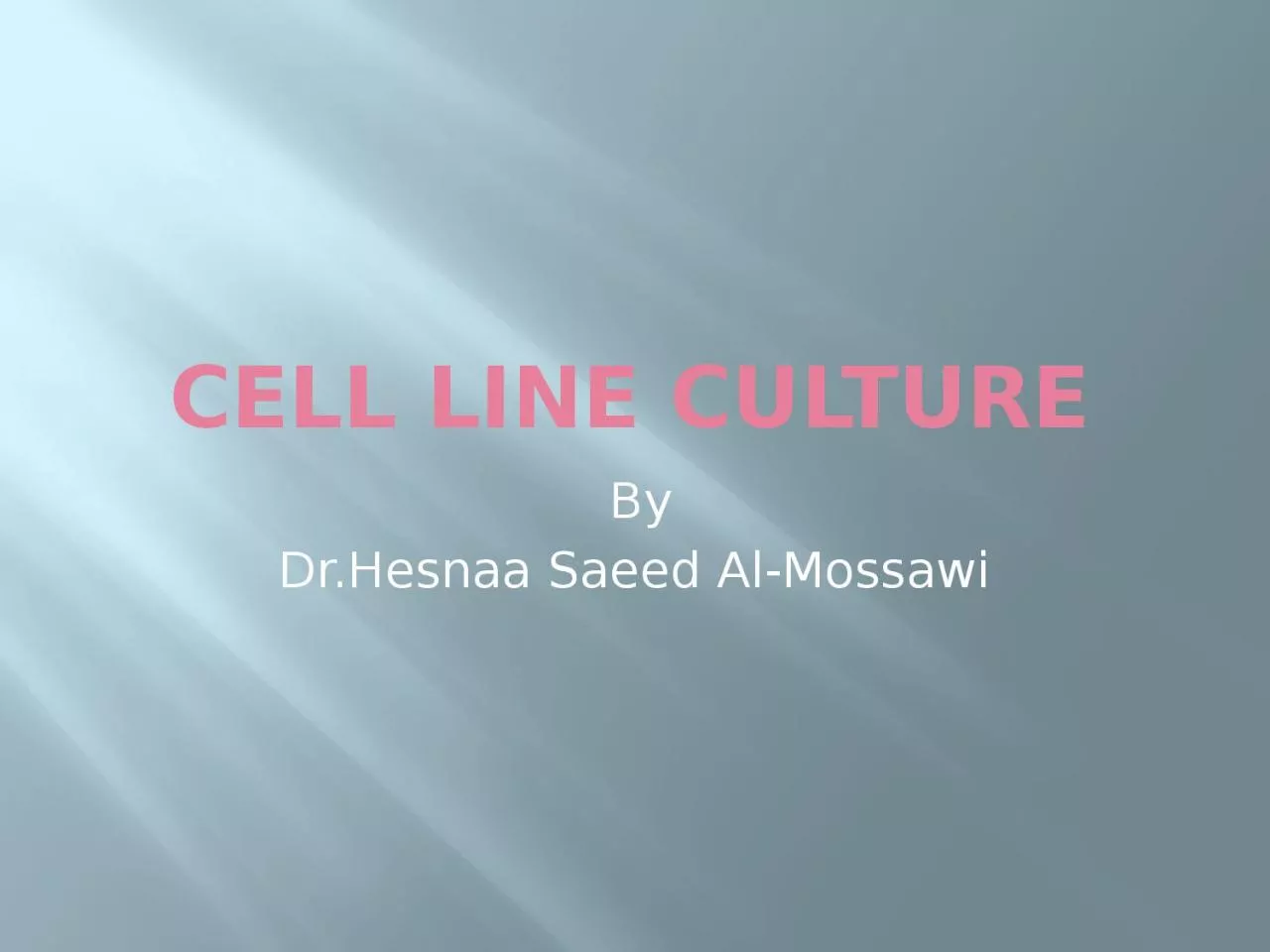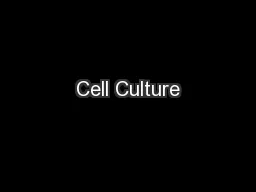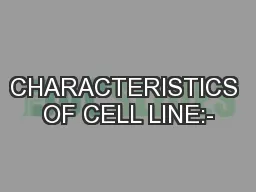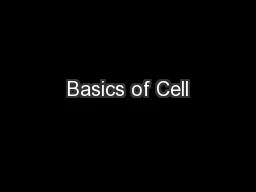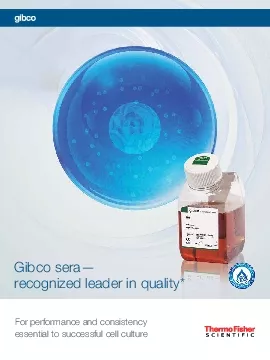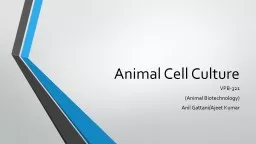PPT-CELL LINE CULTURE By Dr.Hesnaa
Author : KissableLips | Published Date : 2022-08-02
Saeed Al Mossawi Uses Identification Further studies eg Pathogenicity antiviral sensitivity research Limitations Absence of detection system for the agent Inappropriate
Presentation Embed Code
Download Presentation
Download Presentation The PPT/PDF document "CELL LINE CULTURE By Dr.Hesnaa" is the property of its rightful owner. Permission is granted to download and print the materials on this website for personal, non-commercial use only, and to display it on your personal computer provided you do not modify the materials and that you retain all copyright notices contained in the materials. By downloading content from our website, you accept the terms of this agreement.
CELL LINE CULTURE By Dr.Hesnaa: Transcript
Download Rules Of Document
"CELL LINE CULTURE By Dr.Hesnaa"The content belongs to its owner. You may download and print it for personal use, without modification, and keep all copyright notices. By downloading, you agree to these terms.
Related Documents

